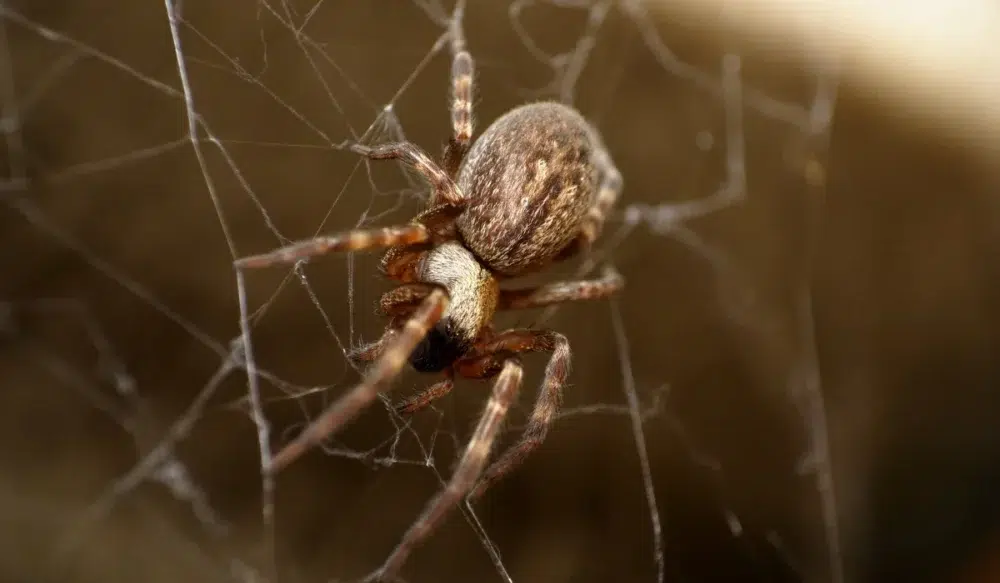Termites are silent yet destructive pests that can wreak havoc on homes, especially in the Phoenix area, where the warm climate is conducive to their activity.
Identifying signs of a termite infestation early can save homeowners significant costs and prevent structural damage. This guide will help you spot the warning signs of termites and take action promptly.
Key Takeaways
- Termite activity is revealed by mud tubes, frass, hollow wood, bubbling paint, and discarded wings near windows.
- Monsoon season in Phoenix boosts termite activity, with subterranean and dampwood termites thriving in increased humidity.
- Professional termite inspections use advanced tools to identify hidden damage and prevent costly repairs.
- Effective termite control involves liquid barriers, bait stations, and annual maintenance for long-term home protection.
Warning Signs of Termite Activity
Termites are experts at hiding, but they often leave behind clues that reveal their presence. Knowing what to look for can help you catch an infestation early and protect your home from serious damage.
Mud Tubes

Subterranean termites, one of the most common species in Arizona, rely on soil moisture and construct mud tubes to travel between their colonies and food sources. These tubes are often found near foundations, crawl spaces, or along walls.
Frass (Termite Droppings)

Drywood termites, which inhabit dry wood like furniture and structural timbers, leave behind tiny, pellet-like droppings called frass. You might spot these near windowsills, door frames, or wooden furniture.
Termite Swarmers and Discarded Wings

Winged termites, or swarmers, are common during their reproductive season in the spring or after rains. Subterranean termites and drywood termites produce swarmers, often found around light sources.
Discarded wings near windows or entry points suggest the establishment of new colonies.
Hollow or Damaged Wood

Tap on wooden surfaces. If they sound hollow or appear blistered, termites may have tunneled through them. Subterranean termites often attack wooden structures from the ground up, while drywood termites focus on above-ground wood.
Cracked Paint or Bubbling on Walls
Termite activity beneath the surface can cause paint to bubble or crack, indicating hidden wood damage from subterranean or drywood termites.
Seasonal Increases in Activity
In Phoenix, termite activity often spikes during monsoon season due to elevated humidity levels.
Dampwood termites, although less common, thrive in moist wood during this time, while subterranean termites also become more active. Identifying these signs early during the season can help prevent costly repairs and reduce structural damage.
What to Do If You Suspect Termites
Contact a Professional to Conduct Termite Inspection
Termite infestations can be difficult to detect without the proper training. A licensed pest control technician will assess your home for visible signs of termite activity.
Professional inspections often involve advanced tools like moisture meters and thermal imaging cameras to identify hidden termite activity.
Seek Professional Termite Control Services
When it comes to getting rid of termites and keeping them away, pest control services use these treatment options for Phoenix homeowners:
- Liquid Treatments: These involve applying a liquid barrier around your home’s foundation to prevent termites from entering. In Phoenix, liquid treatments are often preferred for subterranean termites due to their effectiveness in creating an immediate protective barrier.
- Bait Stations: These stations are strategically placed around your home. They contain bait that termites consume and carry back to the colony, eliminating the infestation over time.
Schedule Regular Follow-Ups and Maintenance
Regular termite inspections, typically once a year, can catch new infestations early. Many pest control companies offer annual plans that include inspections and preventive treatments as part of a comprehensive termite management program.
Why Choose Green Home Pest Control?
At Green Home Pest Control, we specialize in eco-friendly termite treatments and prevention services. Our team understands the unique pest challenges in the Phoenix area, offering solutions that bring peace of mind to homeowners.
If you suspect a termite problem, don’t wait. Contact us today to schedule your termite inspection and protect your home from these destructive pests.




